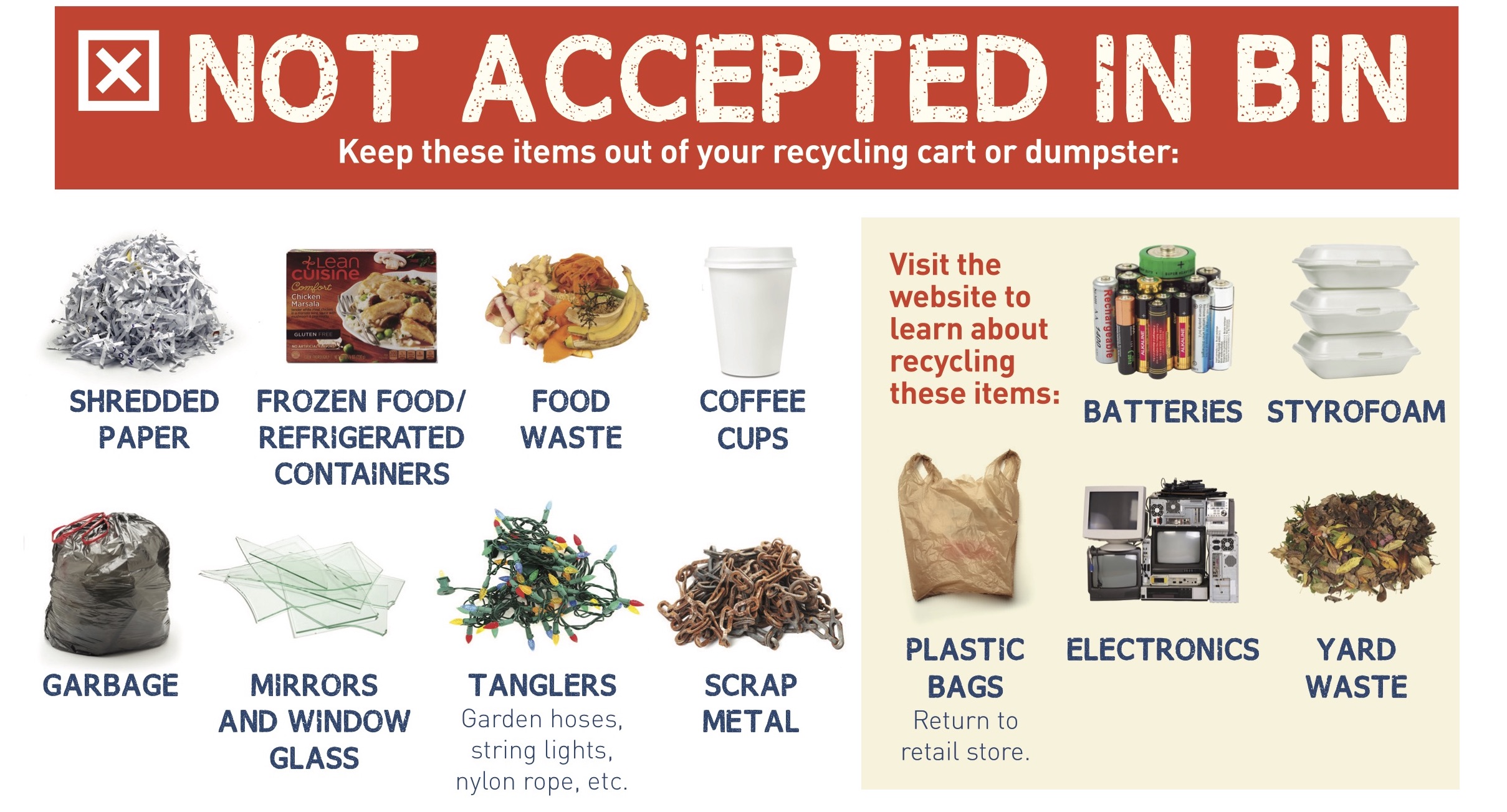 There are a lot of ways that you can reduce your impact on the natural world. You could make sure that Delmarva Power is investing in renewable energy by changing your electric supplier (more information on that coming soon!). You could help organize a cleanup day in your community or join someone else's (if you need help organizing, please email us). Or, you could reduce or eliminate any plastic usage in your daily life. Find out what your plastic footprint is with this cool tool!
There are a lot of ways that you can reduce your impact on the natural world. You could make sure that Delmarva Power is investing in renewable energy by changing your electric supplier (more information on that coming soon!). You could help organize a cleanup day in your community or join someone else's (if you need help organizing, please email us). Or, you could reduce or eliminate any plastic usage in your daily life. Find out what your plastic footprint is with this cool tool!
There are so many sources of plastic pollution in the world and so many items we use daily that add to this scourge that it is hard to combat this issue on a global scale, let alone a personal one. But there are small things you can do to help.
One of the biggest things you can do is to reduce your plastic usage. Try to purchase things that are not packaged in plastic when possible; purchasing cereals, grains, and other food items from bulk bins is a great way to do this. You could give up plastic bottles and always carry a reusable thermos or cantine for your daily fluid needs. You could use a reloadable razor, rather than disposable ones. Or, as many restaurants are changing to plastic to-go containers rather than styrofoam, you could make sure to bring your own take-out containers with you when you go out to eat.

When reduction isn't an option, always make sure to properly recycle what can be recycled. You can check out this tip sheet from Delaware Solid Waste Authority for the rules of recycling.
However, you can go even further to reduce your plastic usage while also reusing other old materials to do so. Delaware is getting ready to implement a ban on plastic bags in most retail outlets. This is a perfect opportunity to get a head start and swear off these destructive little nuisances forever by creating your own reusable, upcycled bags.
There are several options for creating your own reusable upcycled bag. So, we thought we would highlight a few of them and provide some links on how to create them at home in your spare time.
 First up, the widely popular no-sew T-shirt bag. This process takes any old t-shirt and transforms it into a handy tote using only your hands and a pair of scissors. Now, there are two options on how to do this: the hand-created cross-stitch method, which takes a little longer but provides more working area in the bag and looks nicer, and the knot method, which is much faster and easier but provides a little less storage room in the tote. In this video, the cross-stitch method is demonstrated first, and the knot version is second.
First up, the widely popular no-sew T-shirt bag. This process takes any old t-shirt and transforms it into a handy tote using only your hands and a pair of scissors. Now, there are two options on how to do this: the hand-created cross-stitch method, which takes a little longer but provides more working area in the bag and looks nicer, and the knot method, which is much faster and easier but provides a little less storage room in the tote. In this video, the cross-stitch method is demonstrated first, and the knot version is second.
Next up is the feed/grain tote bag. Again, there is a process that allows you to create a bag with only scissors and duct tape, and another that does require some sewing skills. Here are the videos for both options:
While these are the two most popular types of upcycled bags, there are many others. This video offers TWENTY different ideas on how to create your own bags, including how to create a blue jean tote bag with minimal effort (starts at 58 seconds in). Upcycled blue jean tote bags are becoming more popular since denim is such a strong material.
Since it is summertime, we thought we would throw in one more video that seems appropriate for the season. Here is a video on how to create your own beach towel tote. This bag will not only give you some assistance with carrying your beach items down to the shore, but it unfolds into a full-length beach towel complete with space to store your electronics and other items out of the sun. Some sewing is required, but with a sewing machine, these could be made up in no time at all.
Thanks for reading! We hope this gives you some great ideas on how to reduce your plastic footprint while reusing some items that could have otherwise ended up in the landfill.